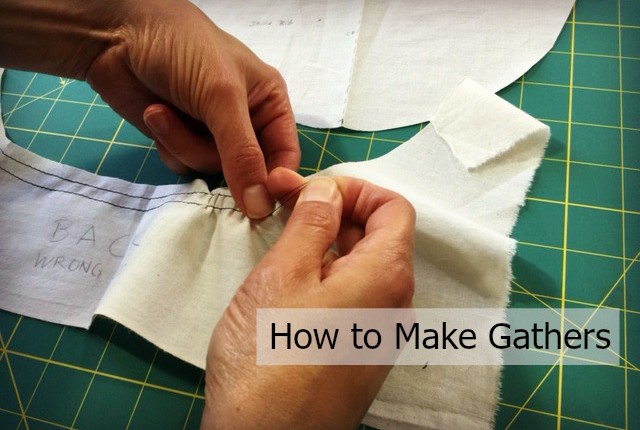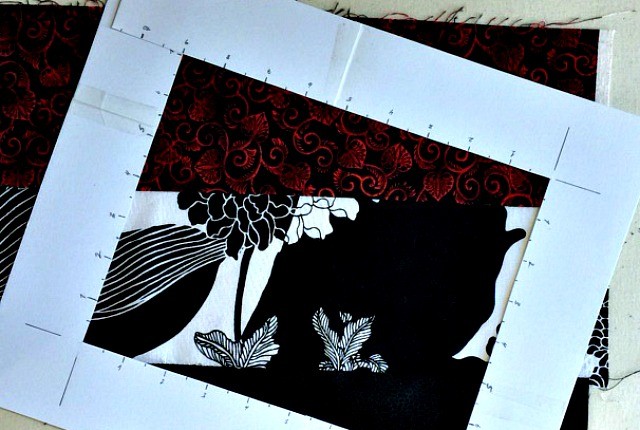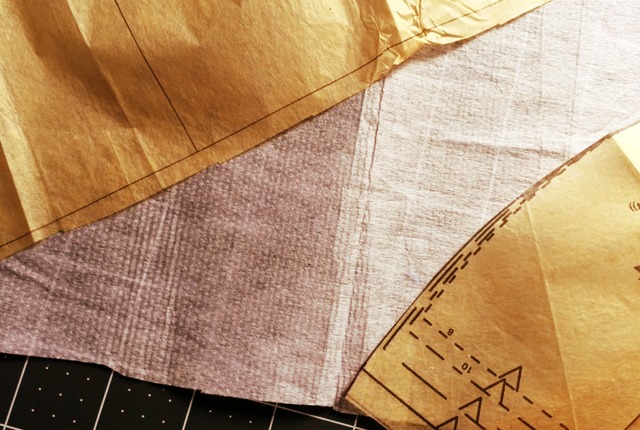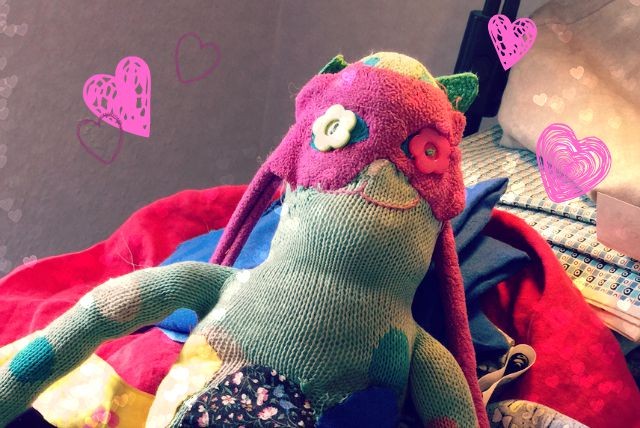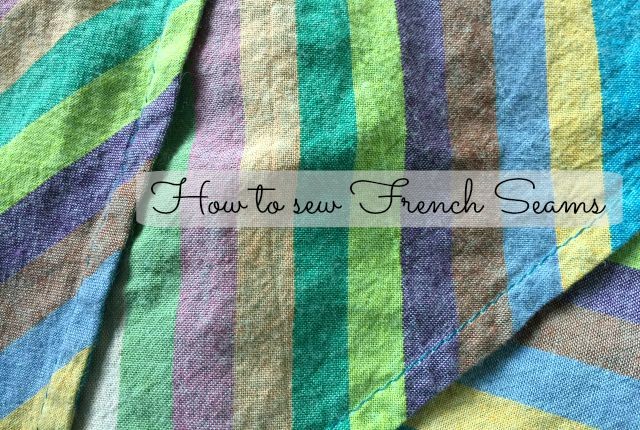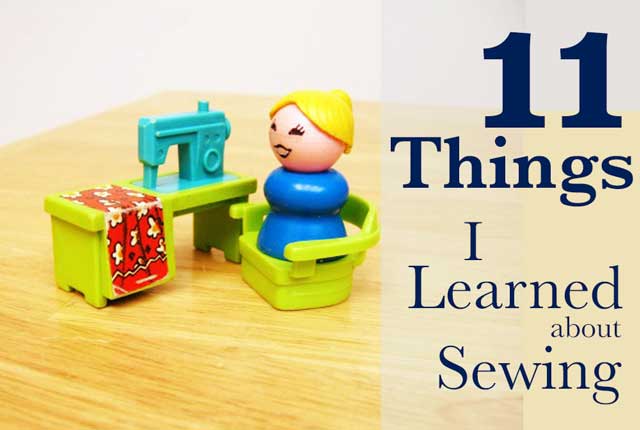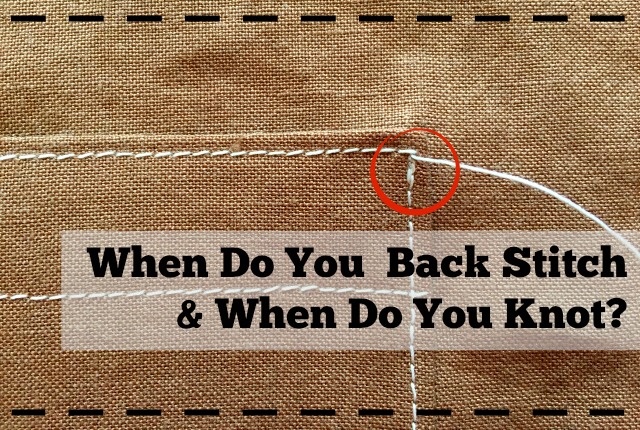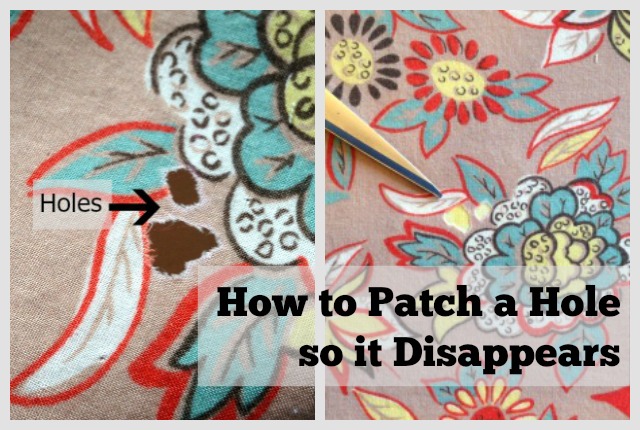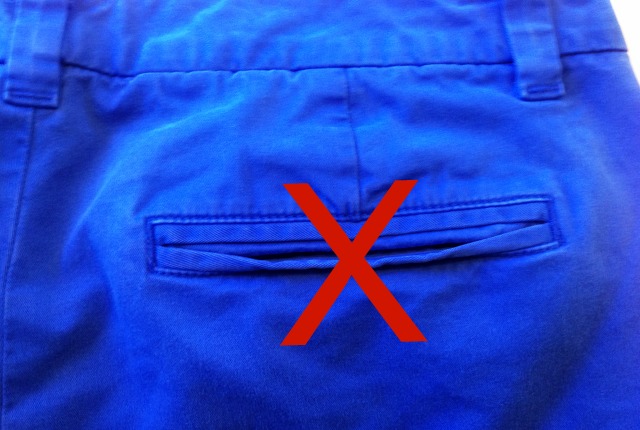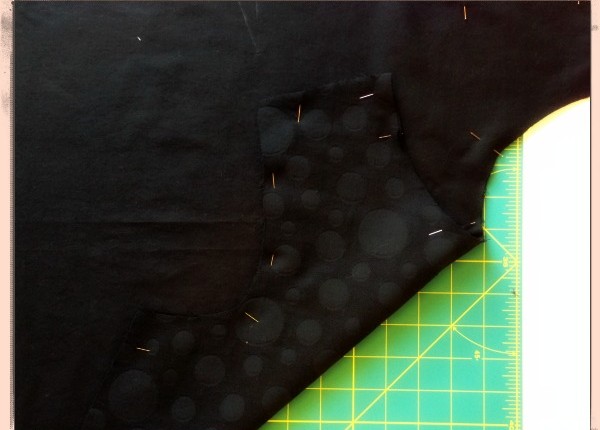Gathers are small soft folds made by drawing fabric up on a line of hand or machine stitching. Gathers give a softness and fullness to garments and is a way to release a lot of fabric from a tighter area to a fuller area; for example a full skirt on a fitted waistband or yoke, a […] Read more…
